Physical Address
304 North Cardinal St.
Dorchester Center, MA 02124
Physical Address
304 North Cardinal St.
Dorchester Center, MA 02124

NewYou can now listen to Fox News articles!
President Donald Trump Recently canceled contracts of association in public-employees for thousands of federal workers. Employees worked in national security agencies, allowing Trump to invite the National Security Exemption to Normal Rules governing federal employees. The Trump solution is built on his march executive order expanding agencies covered by exemption.
It is the latest step in a series of battles compared to the public sector union at the federal level that returns more than a century – a discussion that touches key aspects of democratic governance.
1902. year, president Theodore “TEDDI” Roosevelt issued an order ban on federal workers and postal workers from the Lobbying Congress. His successor, William Howard Taft, he took a similar action in 1909. year with an executive order 1142, which focused on preventing the lobbying of army members. The Congress turned over these orders in 1912. year with Lloid-La Follette law, but the move did not lead to a wide public sector.
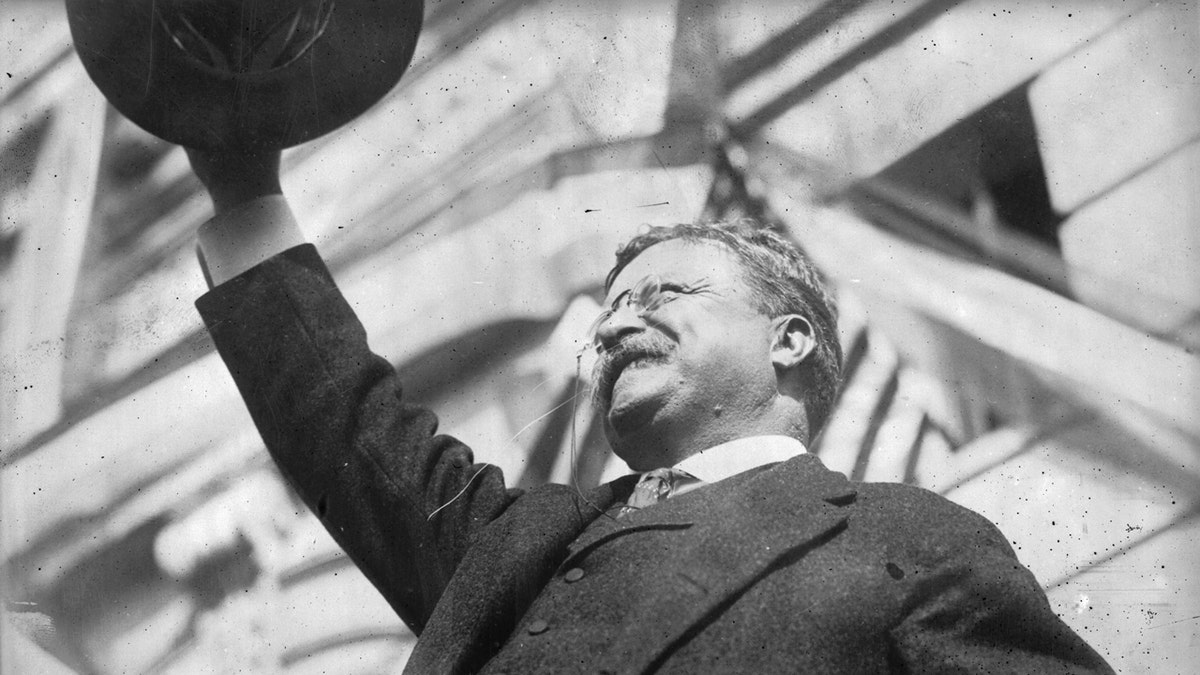
President Theodore Roosevelt (1858-1919), who succeeded William McKinley after his murder. Roosevelt was a popular leader and the first American who received the Nobel Peace Prize, which was awarded for his mediation in the Russo-Japanese war. (Top-appropriate Agency for Press / Getty Images)
1919. year Massachusetts GOV. Calvin Colidge put on a political map when he fired the striking police officers Boston. When he made this decision, Coolidge said, “he has no right to strike against public safety, anywhere, anytime.” The Coolidge action was an important factor in Warrer who hardened the choice of Coolidge as his vice presidential nomisy in 1920. years.
Federal Judge Government against Trump administrator in lawsuit against government unions
The Harding-Coolidge ticket rose Ohio Gov. James Cok and New York’s Franklin Roosevelt. Coolidge became the president when Harding died in 1923. years. Roosevelt eventually arrived at the White House in 1932. years. But as President Roosevelt, he recognized the dangers of the public sector association and opposed him. The Law on Vagner from 1935. year, who intensified the power of the public sector, stating that federal, state and local governments should not be considered “employers” with the same vagner’s own obligations.
Roosevelt was in 1937. written a key letter to the President of the Federation of Federal Employees. According to Roosevelt: “All employees in government should understand that the process of collective bargaining, as it is usually understood, cannot be submitted to the public service.”
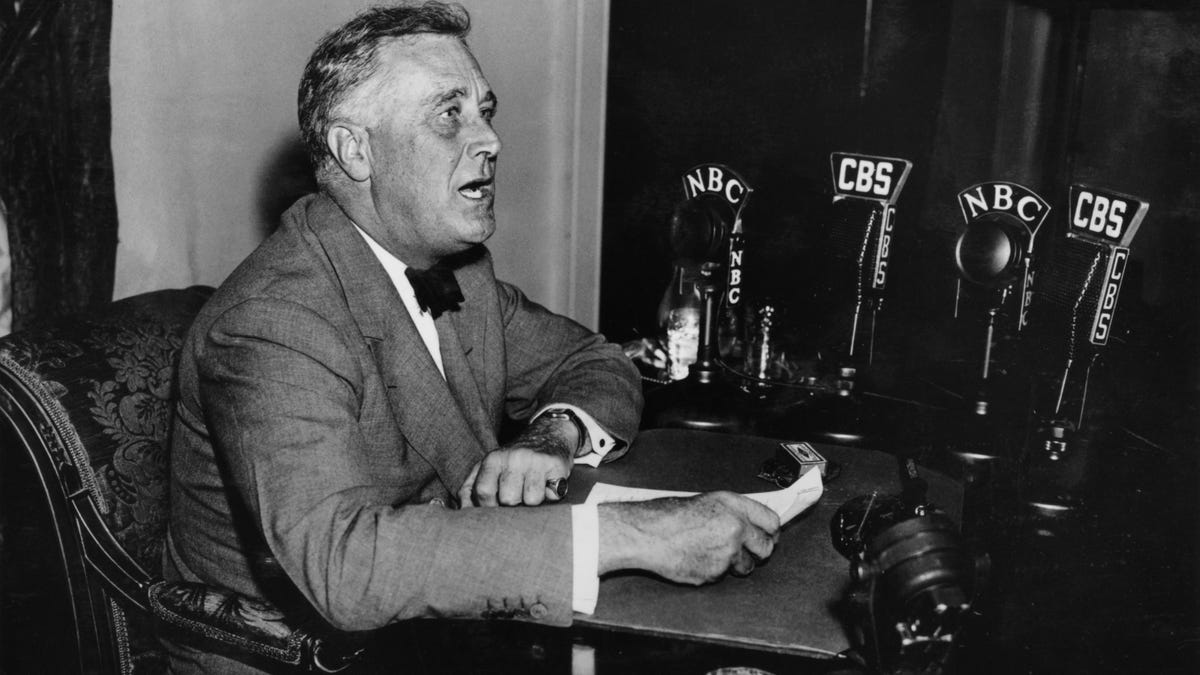
President Franklin Delano Roosevelt delivers one of his Fireside Chat Radio Shows on this 1930s photographs. (Stock Montage / Getty Images)
Roosevelt’s explanation was crystal clear and often Liberals often stated them to conservatives – and conveniently ignored him by Liberals. He warned: “Very nature and government purposes make administrative officials fully represent entirely or connect the employer in mutual talks with government organizations.”
Trump’s controversial plan of firefighters forced the affection of the Supreme Court
In 1939. year, the Hatch law included language limiting political activity by the public sector workers. The law, which made a democratic congress under the democratic president, derived from the political activity of employees in the Roosevelt workshop, administration of progress during 1936 elections. Years. Roosevelt Aide Harry Hopkins, the director of the VPA is charged with promising votes, leading to a congress surpass and law enforcement.
The great change according to the acceptance of unions in the public sector came during the John F administration. Kennedy. 1962. years, Kennedy issued an executive order 10988, explicitly enabling federal employees to form unions and negotiating. But like Ira Stoll points out in his book “JFK, conservative,” Kennedy also recognized important restrictions. His order did not include the words “collective bargaining”.
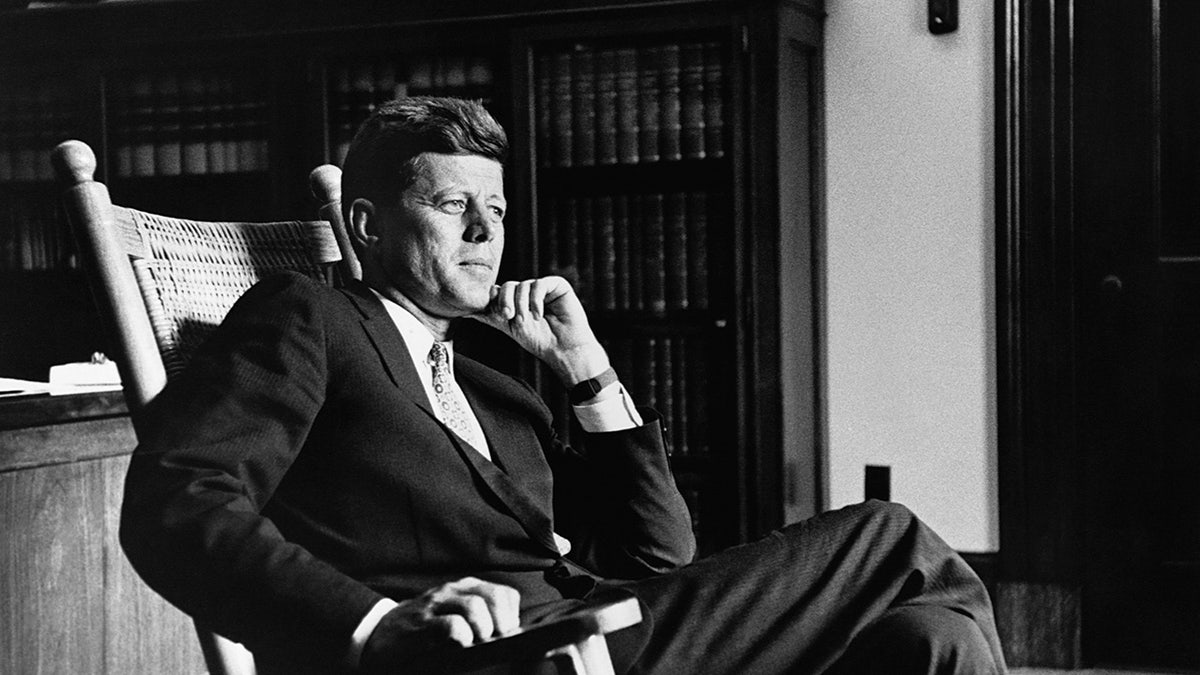
President John F. Kennedy (1917-1963), Thirty-fifth president of the United States, relaxes in the Safety Sign Stool in this Office oval. (Getty Images)
He understood, such as FDR, an inherent conflict of interest in approving those rights to employees in the government. In addition, the order said the government should not recognize any community “which claims the right to strike the United States government or any agency in … or that advocates the constitutional form of government in the United States.”
This language showed disapproval of strikes by unions in the public sector and concerns about communist influence. Kennedy also released FBI and CIA from the public sector bits for the issue of national security – the precursor for recent Trump shares.
That there was a president who most did to promote public sector unionism in the Federal Government, it was Jimmy. The unity of the public sector is already increasing at the local level when Carter was elected 1976. years. Recognizing this trend, Victor Gotbaum, the head of the American American Federation, County and Municipal Officers (AFSCME), praised in 1975. years, “we have power in a sense,” We have power in you “.
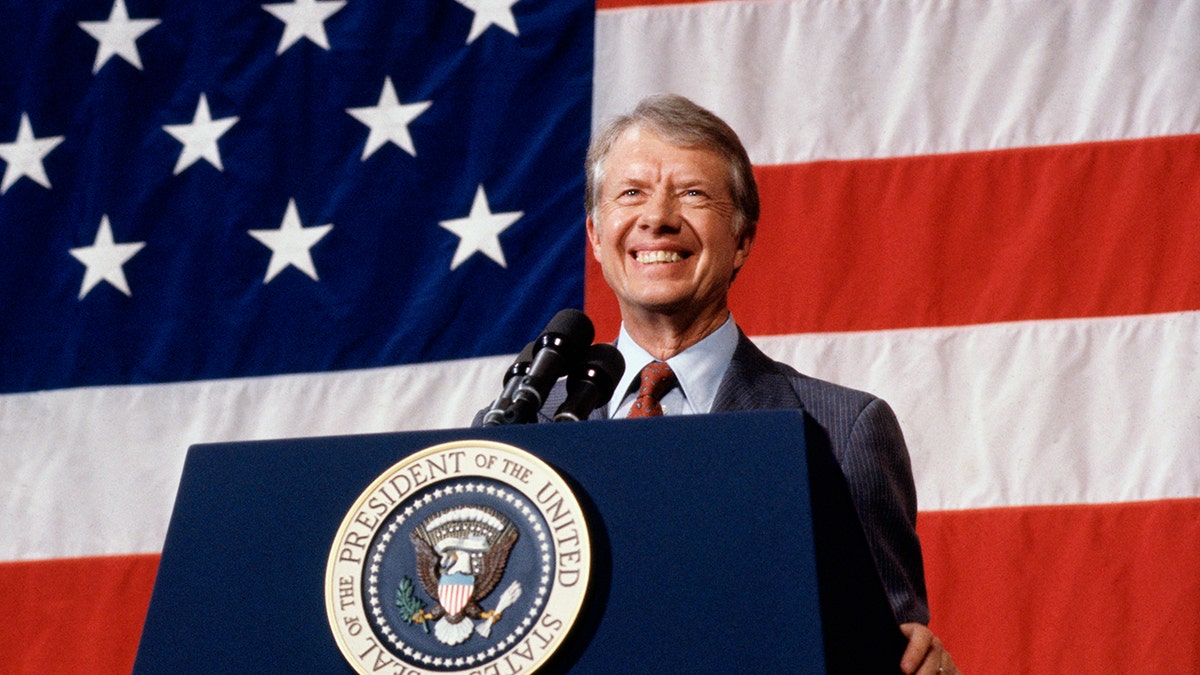
The President Jimmy Carter deals with a city meeting.
When Carter signed the Law on State Service Reform in 1978. years, he expanded the power of the Union at the Federal Level. The law is the most federal employee approved the right to join the unions and negotiating the “terms (their) employment”. Although it included the exemption of national security, CSRA was a big step towards the current era where, according to the Book of Philip Howard 2023 Not responsible“Abuse of public workers’ authorities are the main story of public failure in America – even worse, I believe, than polarization or red tape.”
Carter also created the Department of Education, which have long requested teacher unions. They have been paying for democrats since. The new report shows that the most important two share in teachers gave almost $ 50 million to left-handed groups of 2022. Years.
Carter’s successor, Ronald ReaganHe pushed back in August 1981. when he fired 11,345 illegally striking air traffic controllers. Reagan issued a statement he wrote: “We cannot compare the private sector in the private sector. This must not report on the work … and if they do not report work … and if they do not report work. … those who do not report work … and if they do not report on the duty … and if they do not report on the work. … those who do not report on the work. … and if they do not report. … and if they do not report.
Reagan’s move had far-reaching implications. He showed the Soviets that the man of his word, helped him maneuver more efficiently at the world phase and intensified his political position at home. Most importantly, it turned out that the Federal Government could limit the right of federal employees to strike. Two dozen attacks of federal workers in two decades before the reacted action. There was none since then.
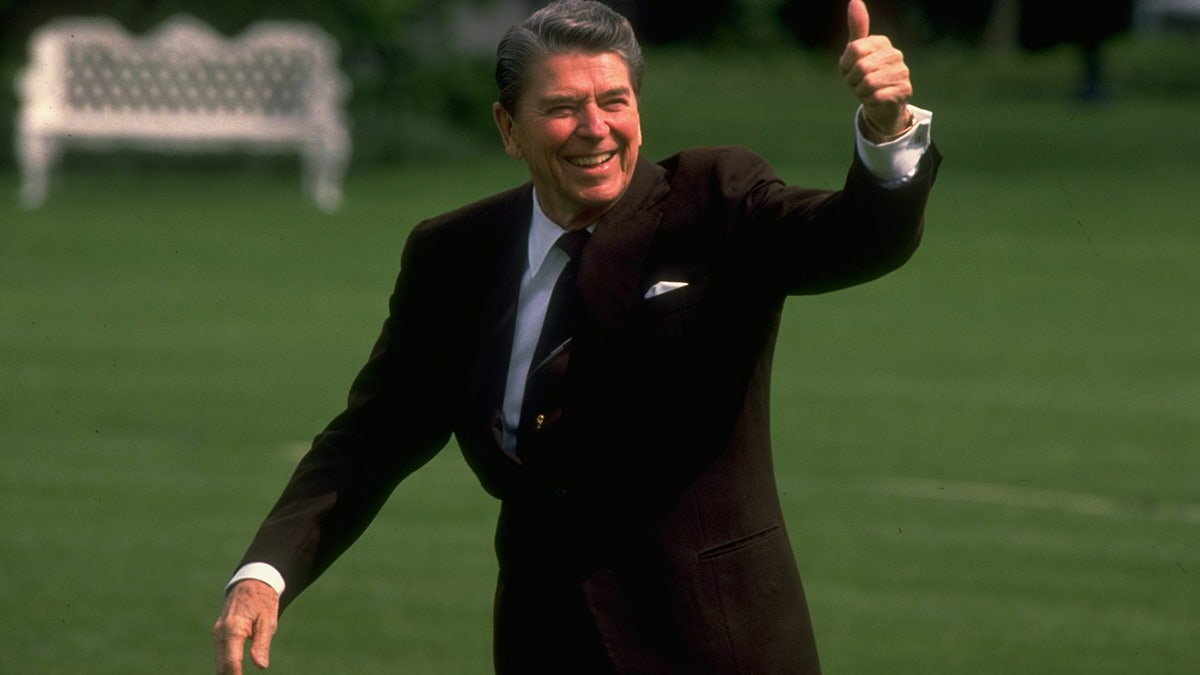
The President Ronald Reagan walked and gave a gesture of the thumbs on the South Lawn White House after returning from Massachut. (Cinthia Johnson / Getty Images)
Since then, political organization – not striking – is the main battlefield for unions in the public sector. They prevail to support democratic candidates, using campaign funding fees.
1988 years Supreme court In communication workers against Betovakers, they need unions to give workers the opportunity to exclude from the part of compulsory transmission implementation in politics. In April 1992. years in the middle of a serious election campaign, the President George HV Bush Issued an executive order conducting Beck demanding federal contractors to inform employees in their rights at BEK. Bush said, “Complete implementation … guarantees that he will not have his job or a means of life threatening to make sure to contribute to political activities against his will.”
Bill ClintonBush’s democratic opponent, sentenced to the order at the campaign trail. According to Busha White House, if any eligible form, union funds for campaign activities reduced by $ 2.4 billion – almost all helps democrats. As President Clinton revoked the order. When is George V. Bush took the function, returned it, showing that the partisan question became.
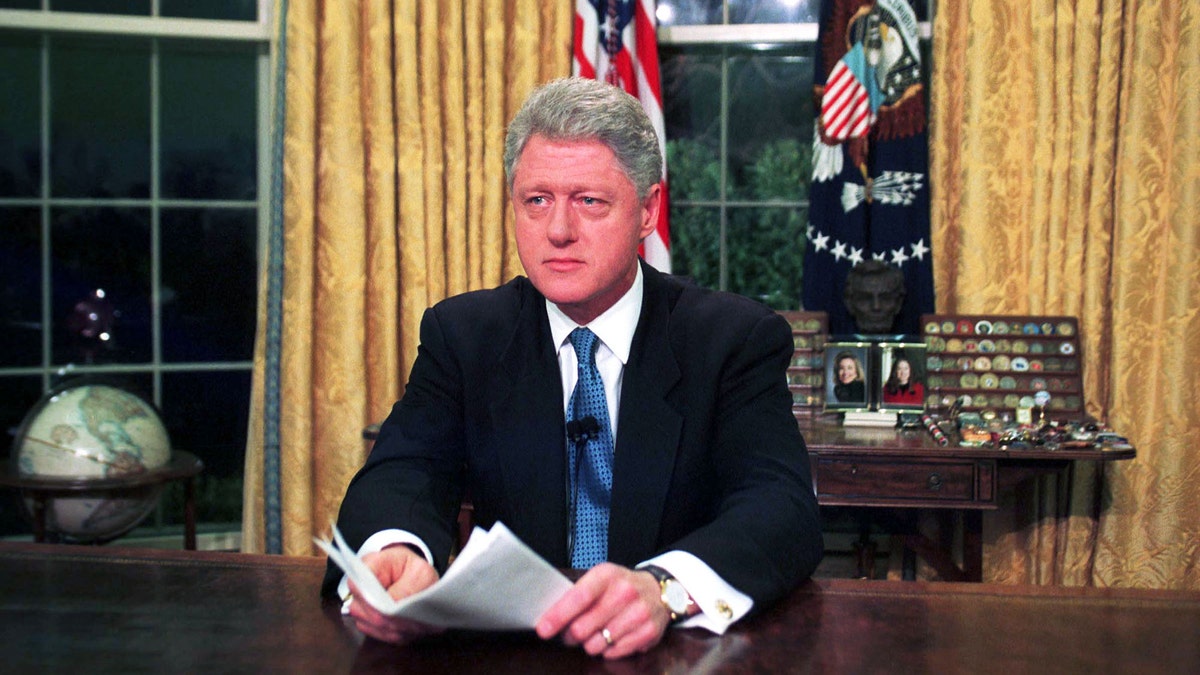
President Bill Clinton at the Oval Office. (Pool / Getty Images)
The second key struggle was over the volume of public sector coverage. During creating a security homeland department after the attack 11. September, George V. Bush sought to release the employees in the DHS from the conditions of Union. He won legislative, but court decisions later limited many of these exemptions. Recent actions Trump Echo and will be struggling to extend the exemption to agencies, including the Veteran Issue Department. The courts will decide whether His moves fall within the law.
Click here to get Fox News app
Looking backwards, the presidents different as theodore Roosevelt, Colidge, Franklin Roosevelt, Kennedy, Reagan, George HV Bush and Trump agreed on one thing: limiting the volume of unions in the public sector, especially in national security. Unfortunately, today it is a matter of high partisan, and the Democrats intended to benefit unions in the public sector and republicans who want to alleviate their power.
At this working day, we should celebrate American workers while we recognize the difference between diligent citizens and unions in the public sector who use their power to choose their own bosses.
Click here to read more than Tevi Troy